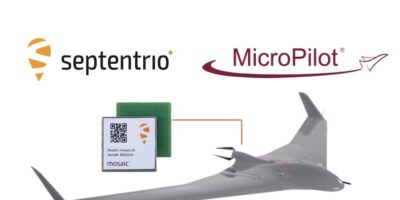An Android mobile computer, the BHT-M70 by Denso has its strongest decode engine and scans up to 30 tags per second.
It is for logistics to keep track of same-day delivery, real-time locating of goods and high-speed tracking along the supply chain. In retail, for example, Denso said that inventory times can be reduced significantly, and in logistics and warehouse management can be accelerated, using the BHT-M70 to scan goods from a distance of up to 1.5 metres.
The mobile computer has been added to Denso’s BHT series and is equipped with a large four-inch touch screen and physical keys to accelerate processes by scanning a wide range of different codes, such as barcodes and QR codes. The BHT-M70’s decode engine and high-resolution CPU enable scanning that is three times faster than with regular devices for mobile data collection, said Denso.
The handheld terminal can easily scan through plastic or glass and read dirty or damaged codes. Optical character recognition (OCR) automates the manual entry of expiry dates and slip numbers, reducing visual work for employees, while ensuring the accurate checking of goods.
The BHT-M70 features a diverse mix of Android-based software using 4G, Wi-Fi communication and GPS to realise a modern work style with digitalised processes.
Employees can optimise internal communication apps such as chats and phone calls using the BHT-M70. While the handheld terminal is intuitive to use, Denso pointed out that a quick video call can help with training or troubleshooting. Furthermore, the BHT-M70 uses GPS to manage the location of goods.
Denso Wave provides auto-ID solutions helping businesses in retail, logistics, and healthcare to improve stock management, have full data transparency and accelerate processes along the supply chain. QR Code is a registered trademark of Denso Wave.
Denso Wave hardware and software solutions are tested extensively before being available at the market. Products range from premium RFID readers, handheld terminals / mobile computers and barcode scanners to complex and cloud based IoT data management systems.
Denso is a member of the Toyota Group and is exclusively represented in Europe by Denso Wave Europe.







